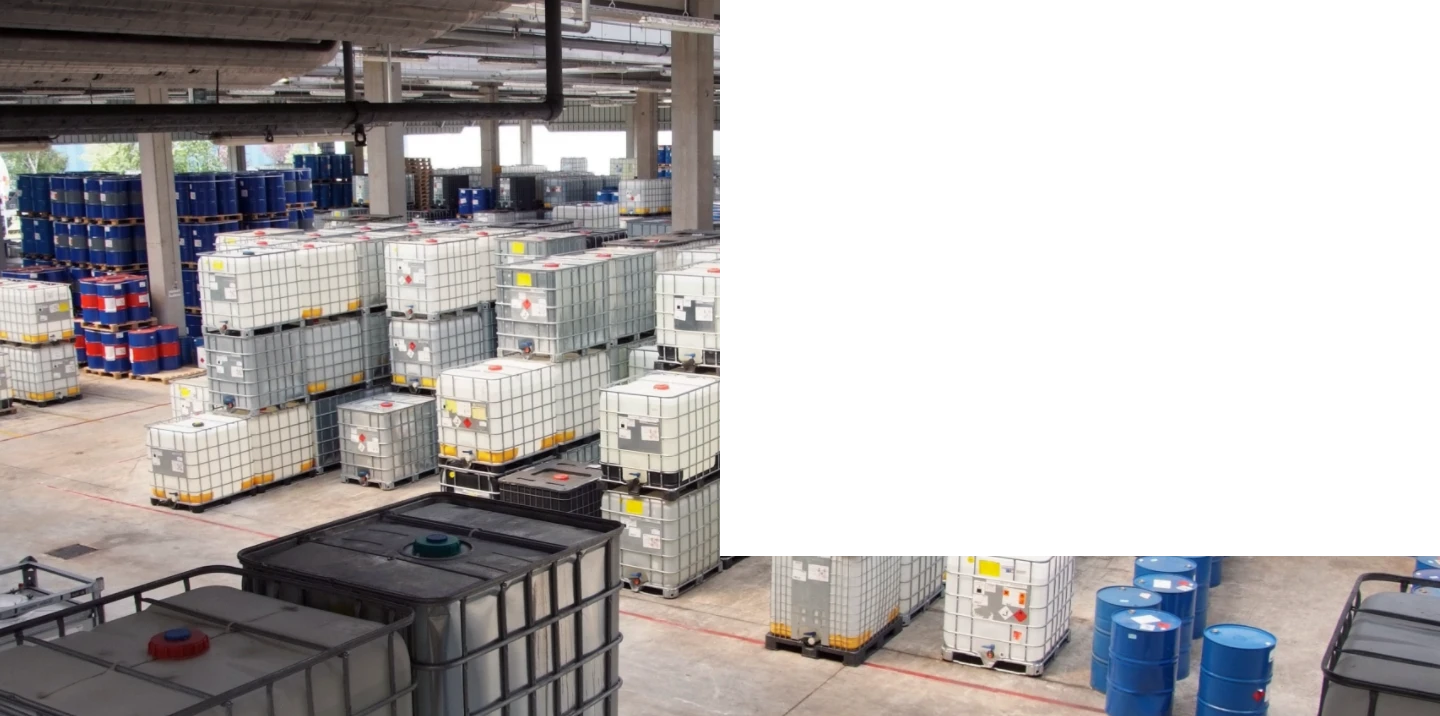



technical sodium chlorite
Technical Sodium Chlorite Properties, Uses, and Safety Considerations
Sodium chlorite (NaClO2) is an inorganic compound widely recognized for its diverse range of applications, particularly in industrial and environmental settings. As a technical-grade chemical, sodium chlorite plays a pivotal role in water treatment, bleaching, and as a precursor for chlorine dioxide generation.
Technical Sodium Chlorite Properties, Uses, and Safety Considerations
In addition to its role in water treatment, sodium chlorite is utilized extensively in bleaching applications. The paper and textile industries employ sodium chlorite as a bleaching agent, benefiting from its selective oxidation properties that allow for the effective removal of color without damaging fibers. This characteristic makes it a preferred choice over traditional chlorine bleaching agents, as it generates fewer harmful by-products and is less corrosive to equipment.
technical sodium chlorite

Moreover, sodium chlorite finds applications in the field of disinfection and sanitation. It is commonly used in hospitals, food processing facilities, and livestock operations. The stability and efficacy of sodium chlorite make it an ideal candidate for maintaining clean environments, where eliminating microbes and pathogens is of utmost importance.
Despite its numerous advantages, safety considerations must be taken into account when handling sodium chlorite. As a strong oxidizer, it poses hazards such as the potential for fire or explosive reactions when in contact with incompatible substances, including organic materials and reducing agents. Additionally, exposure to sodium chlorite can cause skin and eye irritation; thus, appropriate personal protective equipment (PPE) is essential during handling and application.
In conclusion, technical sodium chlorite is a versatile compound with wide-ranging applications across various industries, primarily due to its disinfectant properties and its ability to generate chlorine dioxide. Its role in water treatment, bleaching, and sanitation is vital for public health and environmental protection. However, due to the associated safety risks, it is critical for users to be well-informed and to follow proper handling protocols. As industries continue to prioritize sustainability and safety, the demand for effective and environmentally responsible chemical solutions like sodium chlorite is likely to grow, reinforcing its importance in modern practices.
-
Why Sodium Persulfate Is Everywhere NowNewsJul.07,2025
-
Why Polyacrylamide Is in High DemandNewsJul.07,2025
-
Understanding Paint Chemicals and Their ApplicationsNewsJul.07,2025
-
Smart Use Of Mining ChemicalsNewsJul.07,2025
-
Practical Uses of Potassium MonopersulfateNewsJul.07,2025
-
Agrochemicals In Real FarmingNewsJul.07,2025
-
Sodium Chlorite Hot UsesNewsJul.01,2025










